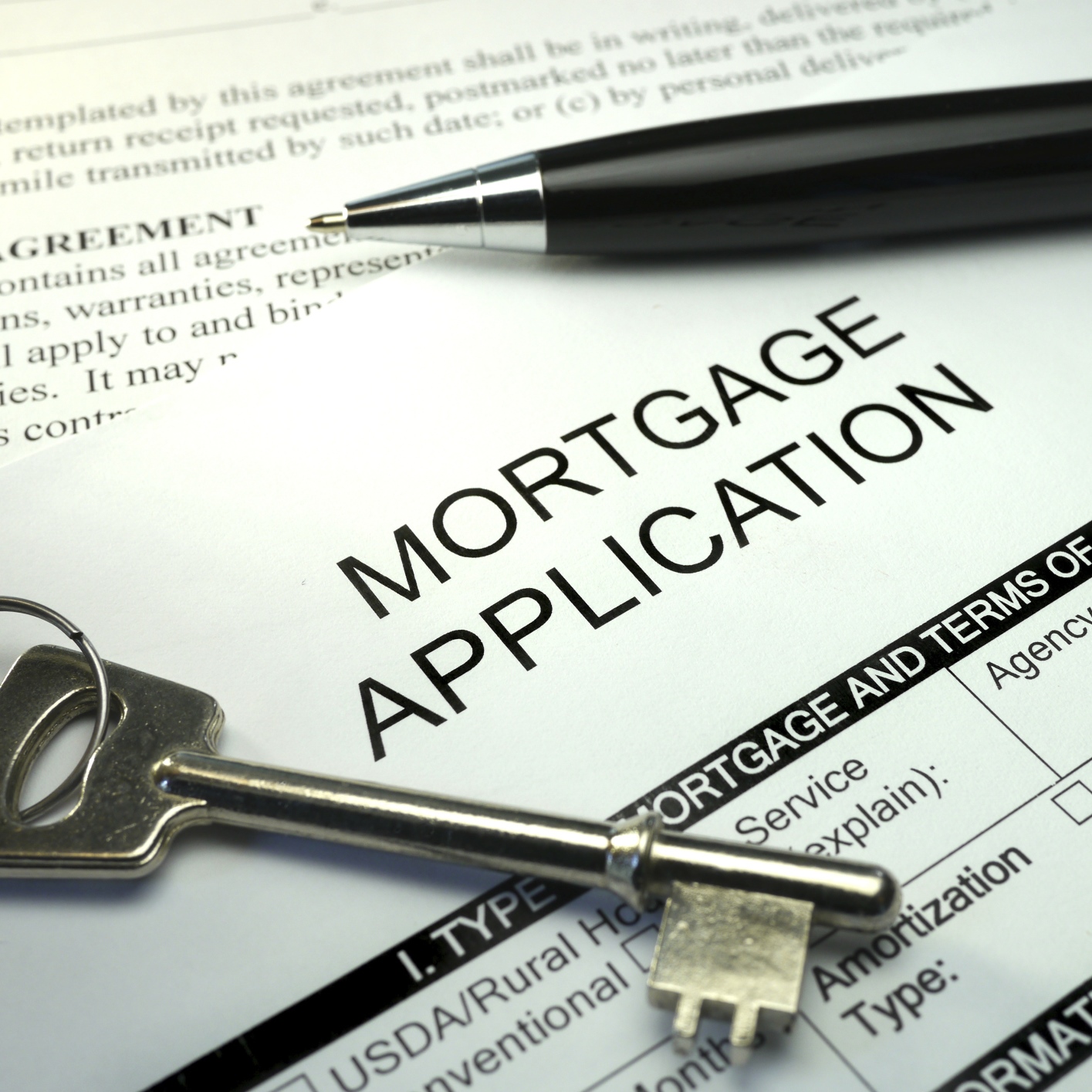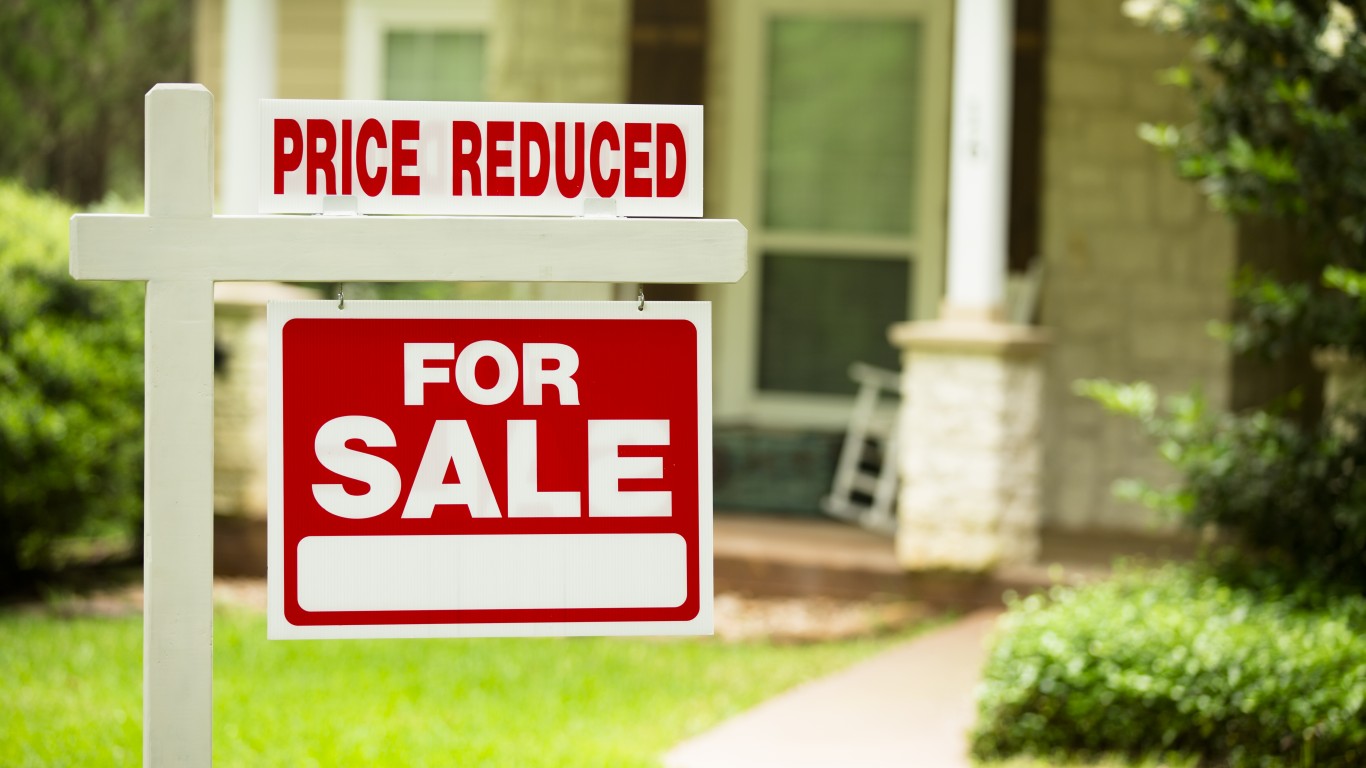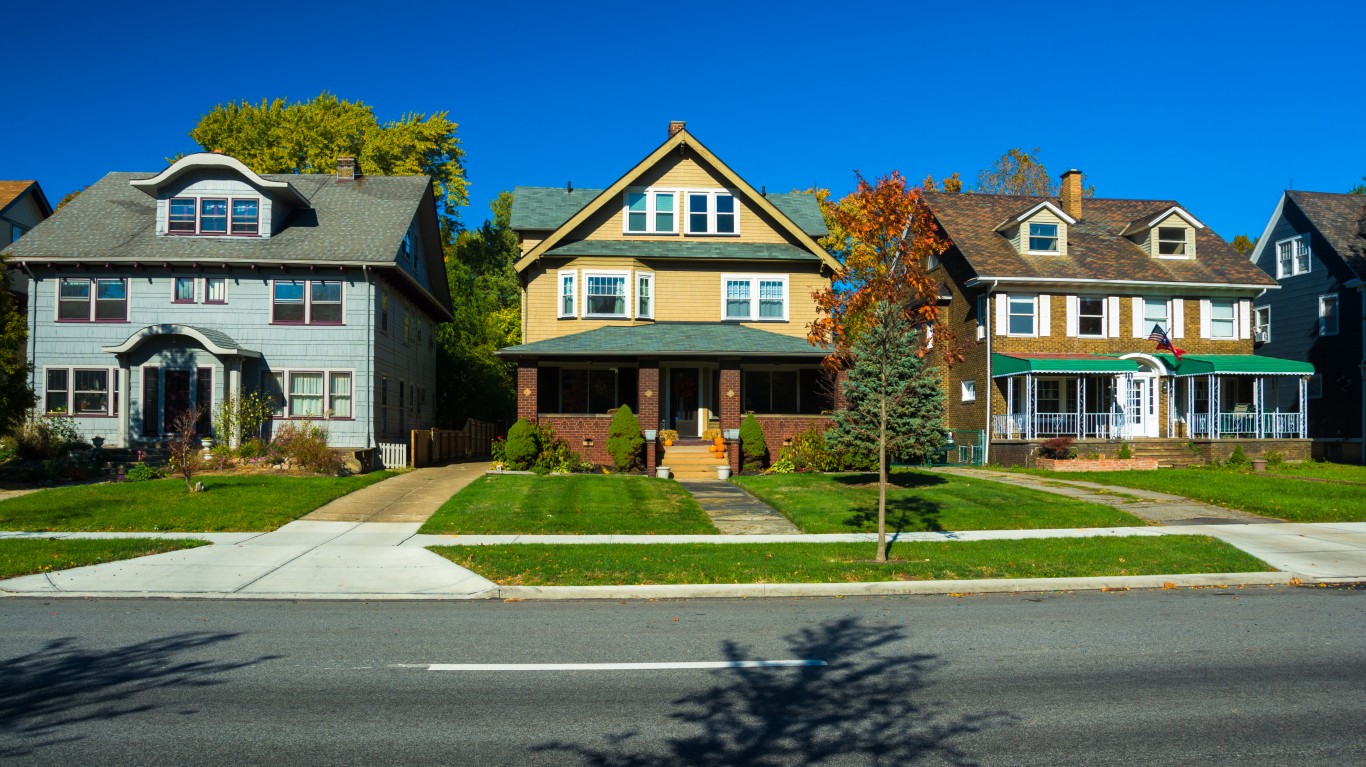
The share of home mortgage loan payments that are 30 days or more past due fell from 5.5% in February 2016 to 5.0% in January 2017. That’s the lowest 30-plus delinquency rate since September 2007.
The share of mortgages that transitioned from current to 30 days past due was 0.8% in February 2016, compared with 1.0% in February 2017. That is lower than the rate in January 2007, before the housing crisis struck, and much lower than the 2% rate in November 2008.
The data were reported Tuesday by CoreLogic in its Loan Performance Insights report. Early-stage delinquencies, defined as 30 to 59 days past due, were trending slightly higher in February 2017 at 2.14%, compared with 2.08% in February 2016. The share of mortgages that were 60 to 89 days past due in February 2017 was 0.7%, unchanged year over year. According to CoreLogic, measuring early-stage delinquency rates is important for analyzing the health of the mortgage market.
CoreLogic’s chief economist, Dr. Frank Nothaft, said:
Serious delinquency and foreclosure rates continue to drift lower, and are at their lowest levels since the fourth quarter of 2007. Moreover, the past-due share dropped to 5 percent, the lowest since September 2007. However, current-to-30-day past-due transition rates ticked up in February, and 30-day-to-60 day delinquency rates held mostly steady, recording only a 0.06 percent increase.
Frank Martell, president and CEO of CoreLogic, added:
While national-level delinquency rates declined, the serious delinquency rate remained elevated in many mid-Atlantic and northeast states led by New York and New Jersey. February-to-February increases in both 30-day-or-more delinquency rates and in serious delinquency rates were also observed in Alaska, Louisiana and Wyoming relating to the impact of the downturn in the global oil market.
The three states with the lowest 30-plus delinquency rate in January 2017 were North Dakota (2.2%), Colorado (2.4%) and Montana (2.8%). The 30-plus delinquency rate was highest in Mississippi (9.0%), Louisiana (8.6%) and New Jersey (8.0%).
It’s Your Money, Your Future—Own It (sponsor)
Retirement can be daunting, but it doesn’t need to be.
Imagine having an expert in your corner to help you with your financial goals. Someone to help you determine if you’re ahead, behind, or right on track. With SmartAsset, that’s not just a dream—it’s reality. This free tool connects you with pre-screened financial advisors who work in your best interests. It’s quick, it’s easy, so take the leap today and start planning smarter!
Don’t waste another minute; get started right here and help your retirement dreams become a retirement reality.
Thank you for reading! Have some feedback for us?
Contact the 24/7 Wall St. editorial team.




